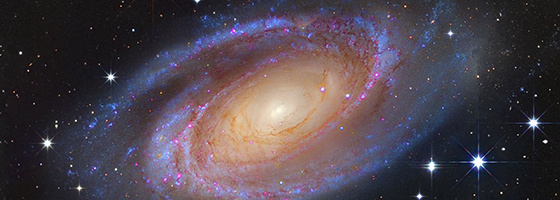News
-
Published on
The density difference of sub-Neptunes finally deciphered
An international team led by UNIGE, UNIBE and PlanetS has shown the existence of two distinct populations of sub-Neptunes, resolving a debate in the scientific community.

-
Published on
Eruption of mega-magnetic star lights up nearby galaxy
Thanks to ESA satellites, an international team including UNIGE researchers has detected a giant eruption coming from a magnetar, an extremely magnetic neutron star.

-
Published on
Gaia spots a large dormant black hole in our Galaxy
A high-mass stellar black hole has been discovered in preliminary data from the Gaia satellite by an international team led by UNIGE astronomers.
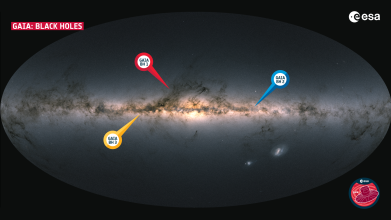
-
Published on
The baritones among Red giants refine cosmic distance measurements
A fresh look at Red giant stars offers key insights into cosmic distance measurements and a way to measure the Universe's expansion with the highest accuracy.
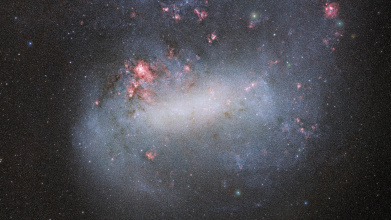
-
Published on
Tycho Brahe Medal
The 2024 Tycho Brahe Medal is awarded by the European Astronomical Society to Prof. Francesco Pepe (University of Geneva, Switzerland) for the development and exploitation of ultra…
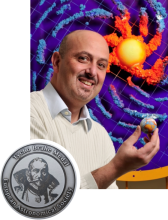
-
Published on
Exoplanets’ climate: it takes nothing to switch from habitable to hell
A team from UNIGE together with CNRS has managed to simulate the entire runaway greenhouse effect, which can make a planet completely unhabitable.

-
Published on
An astronomical waltz reveals a sextuplet of planets
The CHEOPS mission, conducted jointly by ESA and Switzerland, has revealed a unique planetary system made up of six resonant planets orbiting the star HD110067.
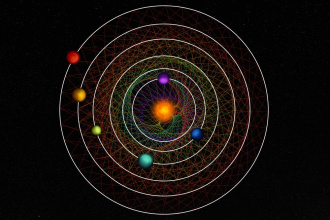
-
Published on
The final bow of Betelgeuse: a cosmic spectacle on the horizon?
An international team, which includes astrophysicists from UNIGE, has demonstrated that Betelgeuse, one of the most well-known red supergiants located in the constellation Orion, m…

-
Published on
Unveiling the origins of merging black holes in galaxies like our own
Harnessing advanced simulation tools, a team of scientists from UNIGE, Northwestern University and University of Florida shed light on the enigmatic nature of these celestial "beas…

-
Published on
The story of a cosmic striptease
An international team including an astrophysicist of UNIGE has been exploring the special properties of the star Gamma Columbae. Their hypothesis: it is a binary star whose heart h…

-
Published on
Gaia Collaboration to Receive 2023 Berkeley Prize
The Gaia consortium receives the AAS Berkeley prize. The UNIGE was a founding member of the consortium, and has been leading the variability analysis for these past 20 years, contr…
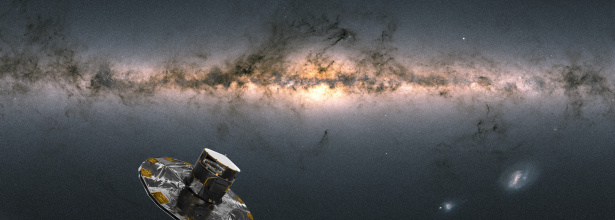
-
Published on
Neutrino Factories in Deep Outer Space
An international research team reveals for the first time the origin of neutrinos, elementary particles that reach our planet from the depths of the Universe.
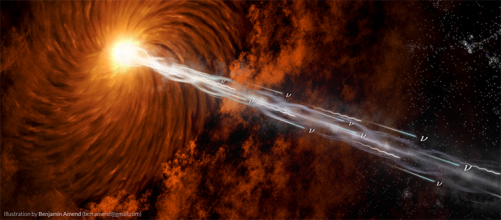
-
Published on
Gaia maps the Milky Way in three dimensions
The European data proces- sing and analysis consortium for Gaia, in which the UNIGE participates, publishes its third catalogue of data. A colossal amount of new information about …
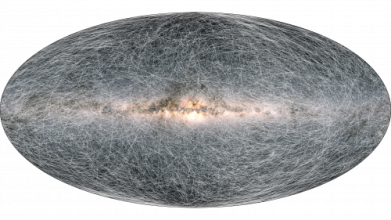
-
Published on
The Sun is spinning round again
An international team led by astronomers from the UNIGE has succeeded in developing a model to solve part of the «solar problem».

-
Published on
Federal Council approves Swiss membership of the international SKA Observatory
Switzerland becomes the 8th official membre of the SKA Observatory, located in South Africa and Australia.

-
Published on
CHEOPS reveals a rugby ball-shaped exoplanet
A research team involving the Universities of Bern and Geneva has identified the strong tidal influence on WASP-103b.
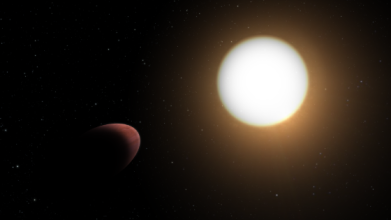
-
Published on
Discovering exoplanets using artificial intelligence
By implementing artificial intelligence techniques similar to those used in autonomous cars, a team from the UNIGE and the UniBE, in partnership with the company Disaitek, has dis…
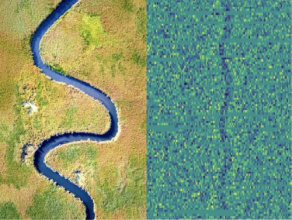
-
Published on
The upside-down orbits of a multi-planetary system
Astronomers led by the UNIGE have discovered exoplanets that orbit in planes at 90 degrees from each other.
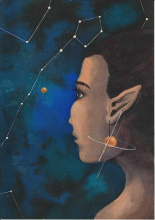
-
Published on
Did Venus ever have oceans?
Astrophysicists led by the UNIGE and the NCCR PlanetS have investigated the past of Venus to find out whether Earth’s sister planet once had oceans.
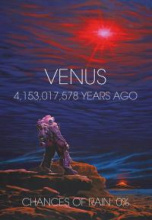
-
Published on
Very old Universe reveals new galaxies
Scientists serendipitously discover two heavily dust-enshrouded galaxies that formed when the Universe was only 5% of its present age.

-
Published on
Unravelling the mystery of brown dwarfs
An international team, led by the UNIGE, has investigated five astronomical objects that could help us understand the mysterious nature of brown dwarfs.
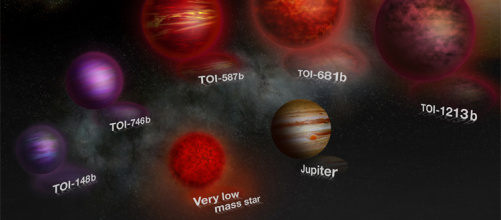
-
Published on
Surprise: the Milky Way is not homogeneous
Astronomers from the UNIGE have observed the composition of the gases in our galaxy and have shown that, contrary to the models established until now, they are not homogeneously mi…
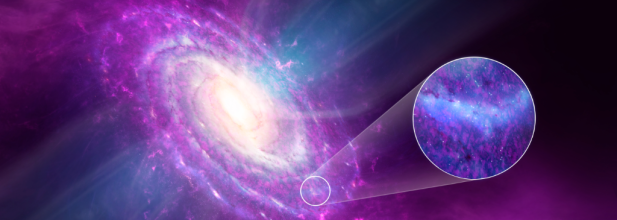
-
Published on
Unique exoplanet photobombs CHEOPS study
An exoplanet has unexpectedly entered the CHEOPS field of view, revealing exciting details about a rare planet with no known equivalent.

-
Published on
Geneva programmes for JWST
The space telescope JWST, successor of Hubble, just announced the observation programmes selected for its first year of operations.

-
Published on
The cosmic filaments finally observed!
Predicted by cosmological models, the gas filaments that constitute the cosmic web have finally been observed by a team of astronomers including researchers from UNIGE.

-
Published on
CHEOPS finds a unique planetary system
The CHEOPS space telescope detects six planets orbiting the star TOI-178. Five of the planets are in a harmonic rhythm despite very different compositions – a novelty. CHEOPS is a …
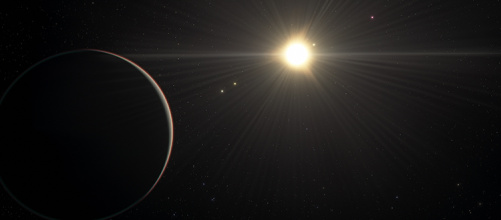
-
Published on
One of our researchers among the 1% most cited
Pascal Oesch, researcher at the Department of Astronomy, has recently joined the list of highly-cited researchers of 2020, according to Web of Science.

-
Published on
The cosmic network feeds early galaxies
The galaxies in the early universe are much more mature than astrophysicists first thought: their existence at such an early stage is due to their interactions with the cosmos.

-
Published on
First study with CHEOPS data describes one of the most extreme planets in the universe
CHEOPS, the space telescope driven by the Department of astronomy, keeps its promise: its first scientific observations reveal details of the exoplanet WASP-189b.

-
Published on
ESPRESSO confirms the presence of an Earth around the nearest star
Researchers from the Department of astronomy have confirmed the existence of the Proxima b extrasolar planet using measurements from the Swiss-built ESPRESSO spectrograph.

-
Published on
SKA will be the biggest radio telescope ever built
The Square Kilometre Array, or SKA, will be the biggest radio telescope ever built. Thanks to this ambitious tool, some of the universe’s greatest mysteries will be resolved. EPFL …

-
Published on
Six planets (almost) in rythm
An international team lead by researchers of the University of Geneva has discovered a six-planets system.
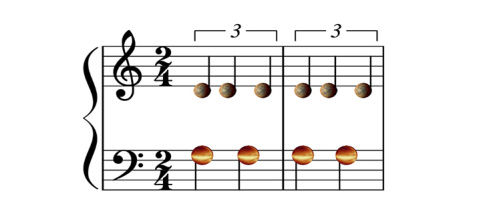
-
Published on
CHEOPS space telescope takes its first pictures
CHEOPS has taken its first pictures. They are exceeding the expectations of the researchers.

-
Published on
Beautiful first images from eROSITA
The scientific performance demonstrated in the first weeks of operations of the eROSITA X-ray telescope promises a breakthrough in our understanding of the energetic Universe.

-
Published on
Michel Mayor and Didier Queloz, Physics Nobel prize laureates

-
Published on
The stellar nurseries of distant galaxies
An international team headed by researchers of the Department of astronomy has discovered that the properties of molecular clouds, and the number of stars they produce, are differe…

-
Published on
Five planets revealed after 20 years of observation
Discovery of five new planets with periods of revolution between 15 and 40 years. It took 20 years of regular observations to achieve this result.
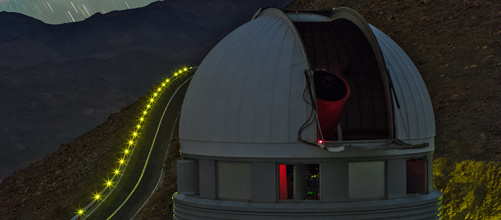
-
Published on
HARPS Sees Sunshine for the First Time
HELIOS is an instrument that was installed in April 2018 to feed sunlight via fibre optics to the HARPS (High Accuracy Radial velocity Planet Searcher) spectrograph.
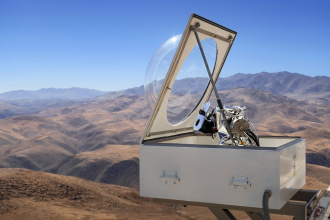
-
Published on
Exoplanets, on the hunt of Universal Life
Prof Didier Queloz, Conference organised by Chemistry society on ongoing developments related to recent work done in collaboration with colleagues biochemists providing some new …
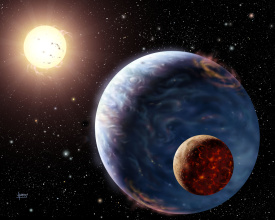
-
Published on
GAIA creates the richest star catalogue to date
1.7 billions stars... yes, billions, not millions. This is the number of #stars included in the new catalog released today by the Gaia #satellite team. The exploration of this cata…

-
Published on
Using cosmic lens to discover most distant star ever observed
An international team of astronomers, including researchers from UNIGE, has detected the most distant individual star observed to date, located 9 billion light-years from Earth. T…
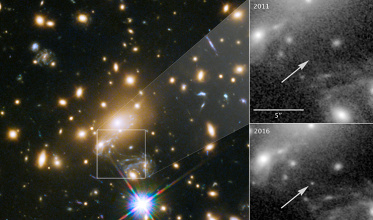
-
Published on
ESO VLT works as giant telescope for the first time with ESPRESSO
The European Space Observatory’s Very Large Telescope (VLT) has achieved a new milestone thanks to its ESPRESSO tool. With this, all four of VLT’s 8.2-meter Unit Telescopes are wor…
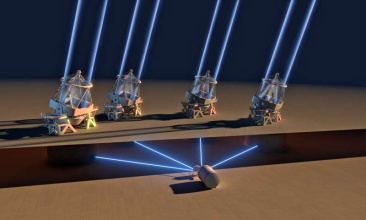
-
Published on
Astronomers Detect Whirlpool Movement in Early Galaxies
Very far from the Earth and therefore difficult to observe, the first galaxies of the Universe were formed just after its birth. Nicknamed "baby-galaxies", they still remain myster…
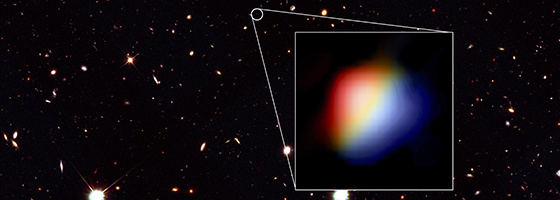
-
Published on
The anatomy of a Cosmic Snake reveals the structure of distant galaxies
We have a fair understanding of the fundamental mechanisms that regulate star formation in galaxies, from the interstellar matter to the diffuse clouds distributed in…

-
Published on
First Light for ESPRESSO — the Next Generation Planet Hunter
The Echelle SPectrograph for Rocky Exoplanet and Stable Spectroscopic Observations (ESPRESSO) has successfully made its first observations. Installed on ESO’s Very Large Telescope …
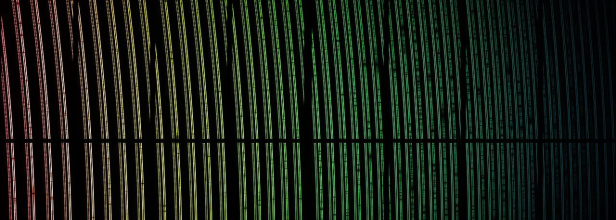
-
Published on
The existence of dark matter and dark energy questioned
The hypothesis of the scale invariance of the macroscopic empty space, which intervenes through the cosmological constant, has led to new cosmological models. They show an accelera…
